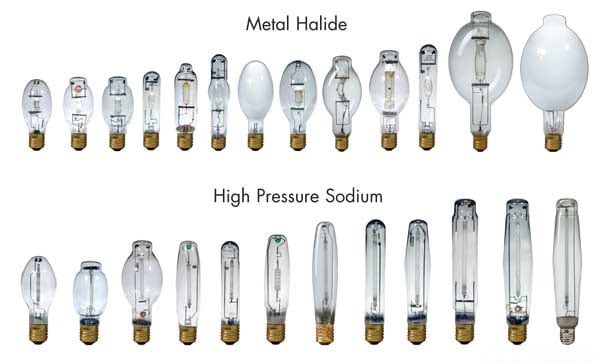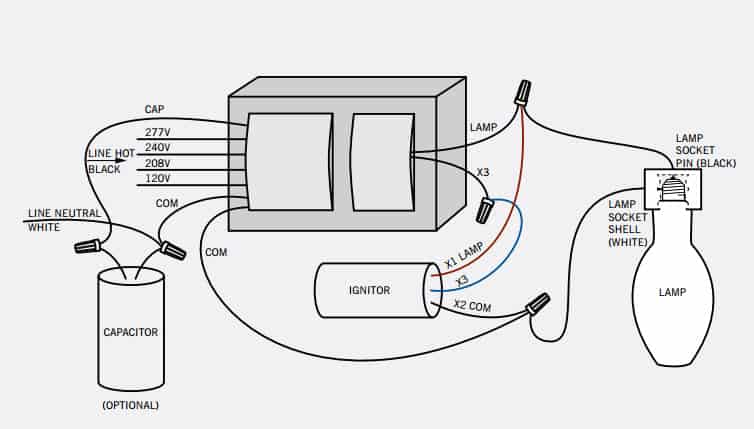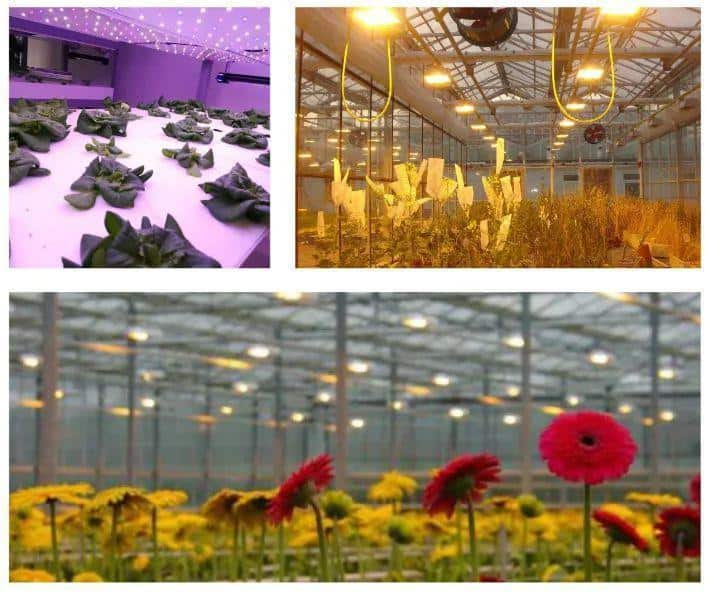Choosing the right lighting technology for industrial or commercial use can be tricky. High-Intensity Discharge (HID) lamps provide powerful and efficient lighting solutions. Let’s talk about HID lamps.
HID stands for High-Intensity Discharge. These lights make light by arcing electricity between two electrodes. They are known for their bright light, energy efficiency, and long life, making them perfect for industrial and outdoor use.
We’re going to talk about how these lights work and what they are used for.
What are HID Lamps and How Do They Work?
High-Intensity Discharge (HID) lamps are a type of electrical lamp that generates light by creating an arc of electricity between two electrodes in a gas-filled chamber. This arc excites the gas inside the bulb, producing a bright, intense light. The gas commonly used in these lamps can be mercury, sodium, or metal halides, each offering different light properties.
HID lamps operate at a much higher intensity than traditional incandescent or fluorescent lamps, making them suitable for large areas like stadiums, streets, and industrial buildings. Their higher efficiency and light output make them an attractive choice for applications that require strong, concentrated lighting.
Types of HID Lamps
There are several types of HID lamps, each designed for specific purposes:
- Metal Halide (MH) Lamps: These produce a bright white or blueish light and are commonly used for indoor commercial lighting, sports arenas, and plant grow lights due to their ability to closely mimic natural sunlight.
- High-Pressure Sodium (HPS) Lamps: Known for their orange-yellow glow, HPS lamps are often used in street lighting and outdoor applications because of their long lifespan and energy efficiency.
- Mercury Vapor Lamps: These emit a bluish-white light and were once popular for street lighting and industrial use but are being phased out in favor of more energy-efficient alternatives like MH and HPS lamps.
Each type of HID lamp is suited for specific applications depending on light color, efficiency, and required intensity.
Advantages of HID Lamps
One of the primary benefits of HID lamps is their high efficiency. Compared to incandescent and even fluorescent lights, HID lamps produce significantly more lumens per watt. This makes them particularly valuable in situations where high-intensity lighting is essential, such as in parking lots, sports arenas, or large industrial spaces.
Another advantage is their long lifespan. HID lamps can last up to 24,000 hours or more, depending on the type. This longevity reduces the need for frequent replacements, making them a cost-effective option in the long term.
Limitations and Challenges of HID Lamps
While HID lamps have many advantages, they also come with certain drawbacks. First, HID lamps take time to reach full brightness. Unlike LED or incandescent lamps, which turn on instantly, HID lamps can take several minutes to warm up to their maximum light output. This can be a limitation in applications where instant lighting is needed.
Secondly, HID lamps can produce a lot of heat, which may require additional cooling systems in certain environments. They also require ballasts to regulate the electrical current, adding to the complexity and cost of installation.
Applications of HID Lamps
HID lamps are commonly used in a variety of large-scale and outdoor lighting applications. Some of the most common uses include:
- Street and Parking Lot Lighting: HPS lamps are the go-to choice for illuminating roads and parking areas due to their bright light and durability.
- Sports Stadiums and Arenas: Metal Halide lamps provide the high-intensity, bright white light needed for visibility in large spaces like stadiums.
- Industrial Facilities: HID lamps are ideal for warehouses and factories where strong lighting is crucial for productivity and safety.
- Plant Growth: MH and HPS lamps are often used in horticulture to simulate natural sunlight and support plant growth.
Conclusion:
HID lights are a good way to light things up with a lot of power and not use a lot of electricity. They’re great for outdoor and industrial applications.



